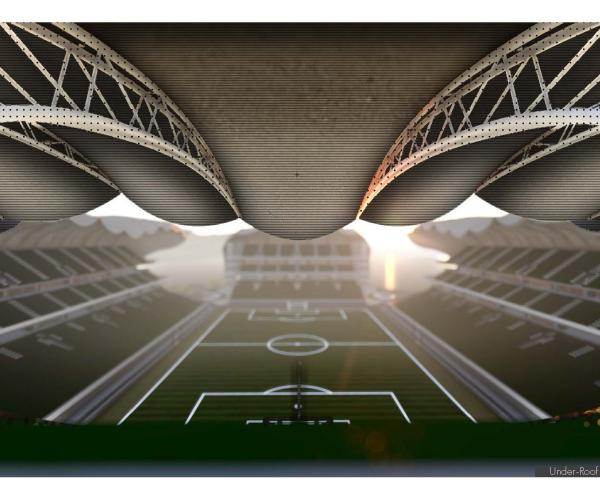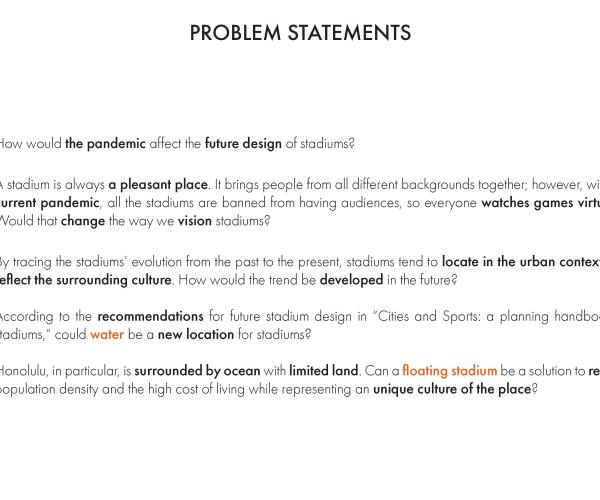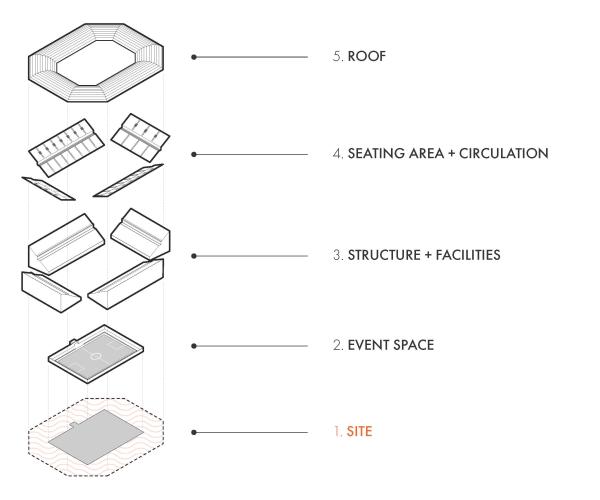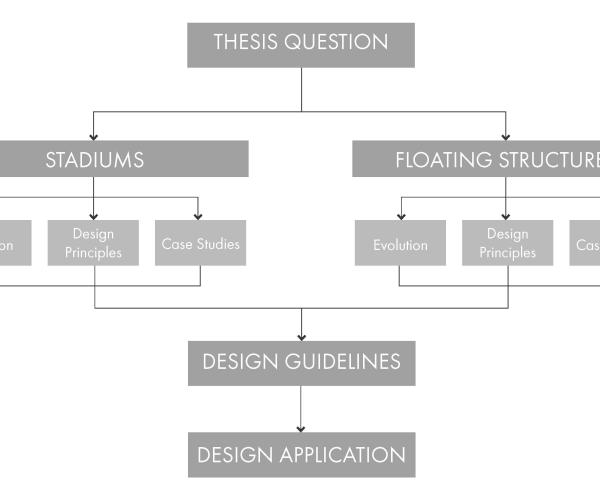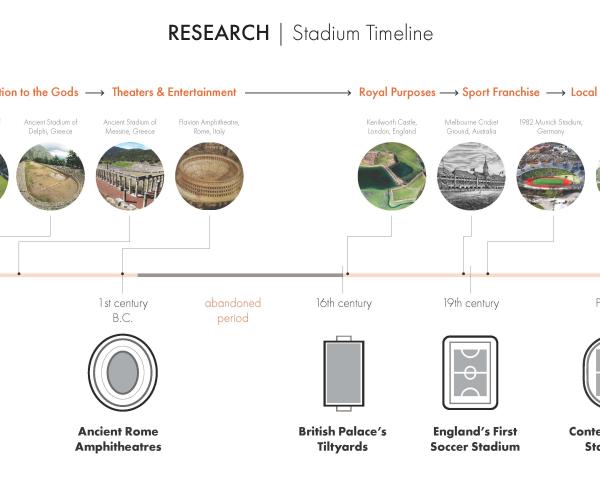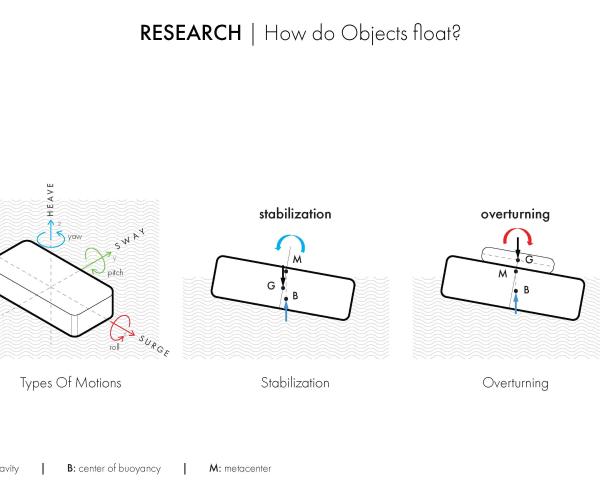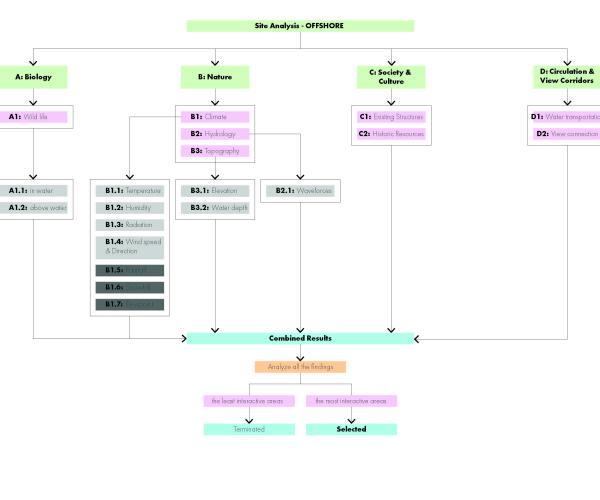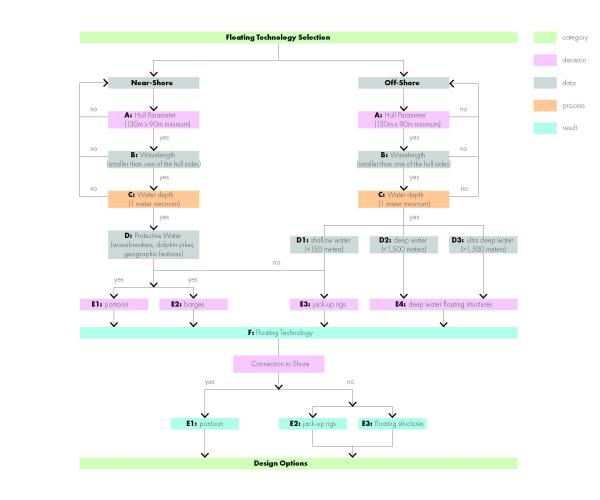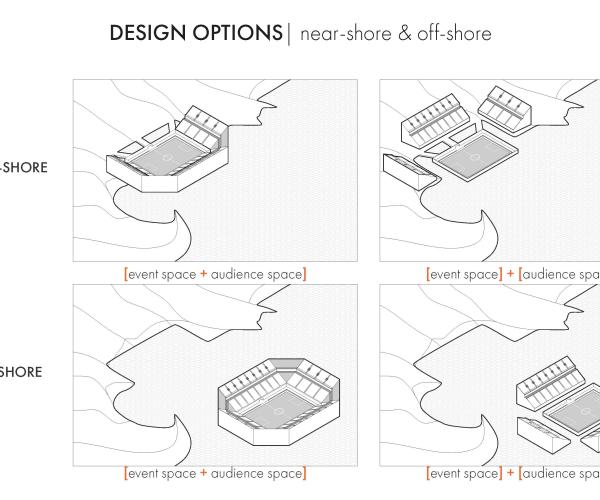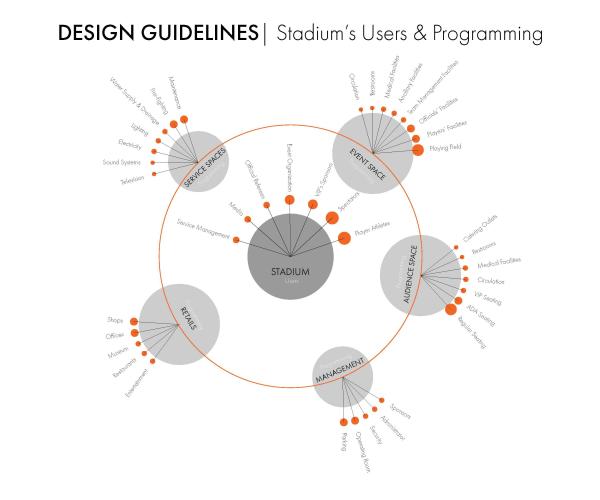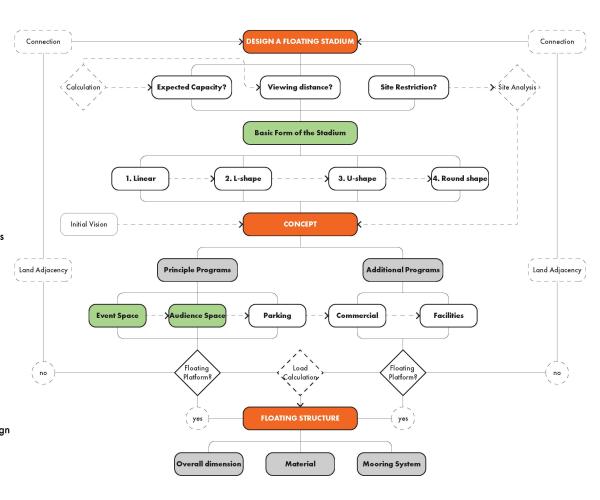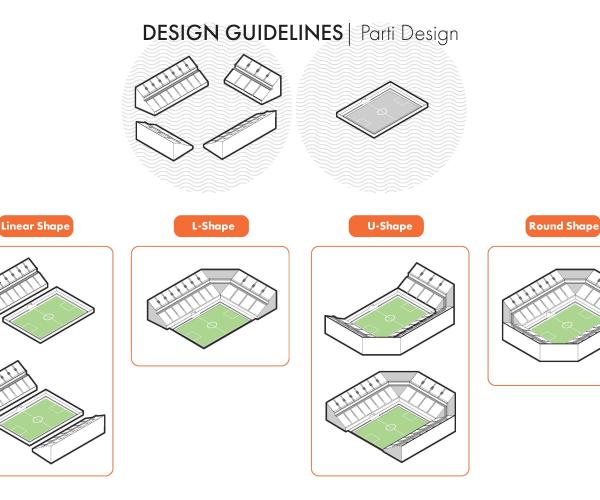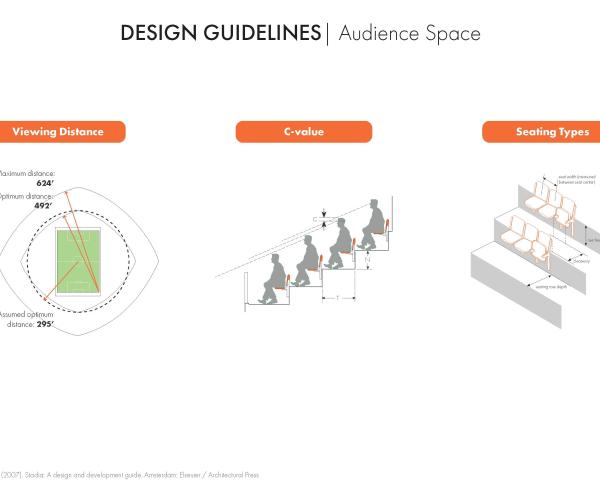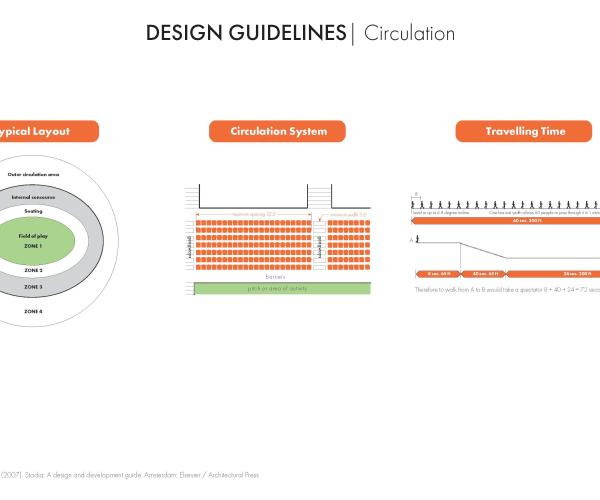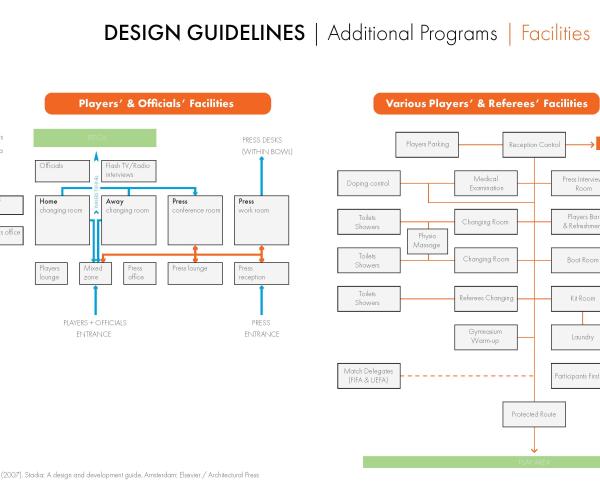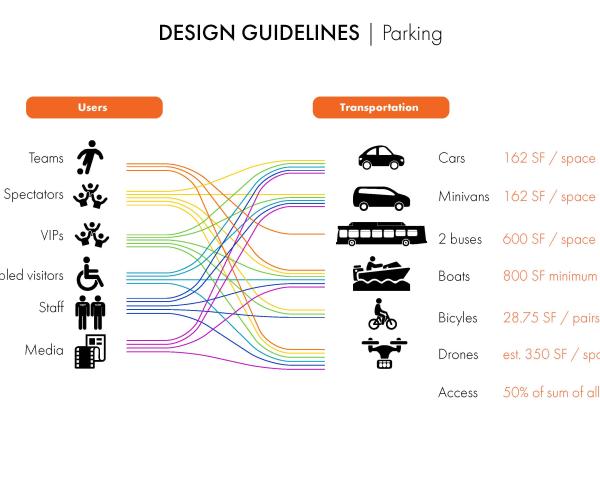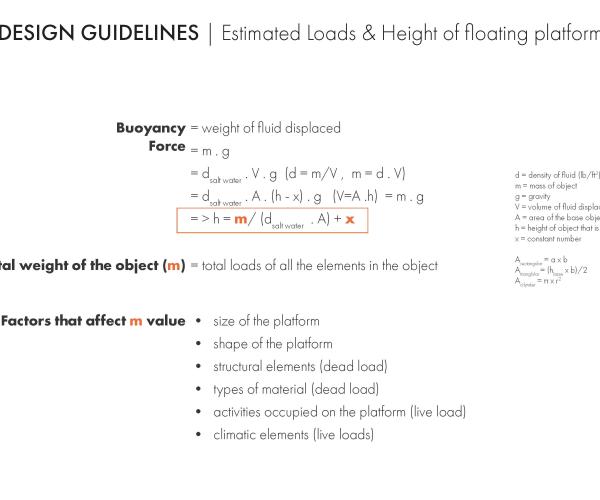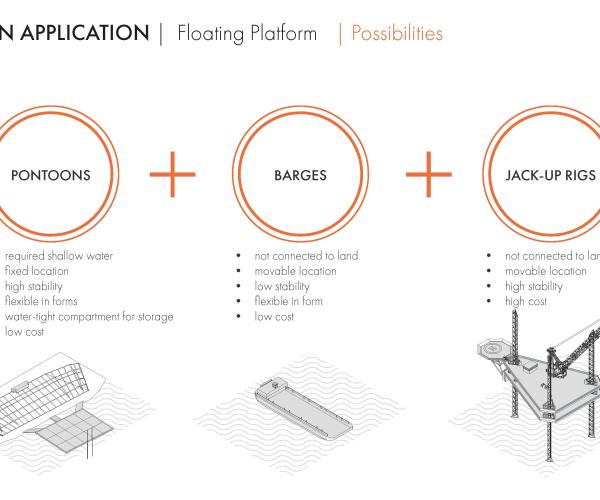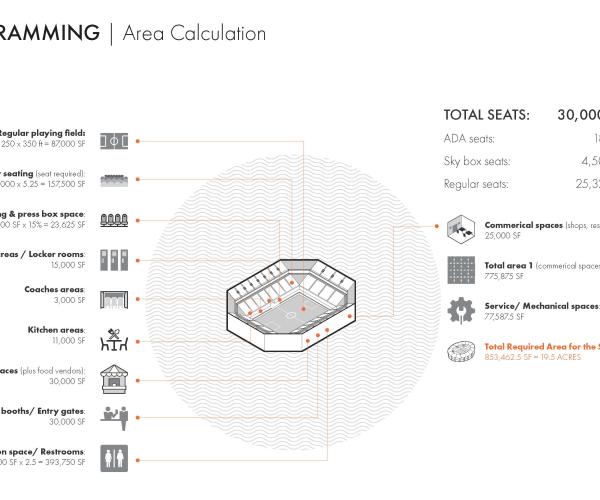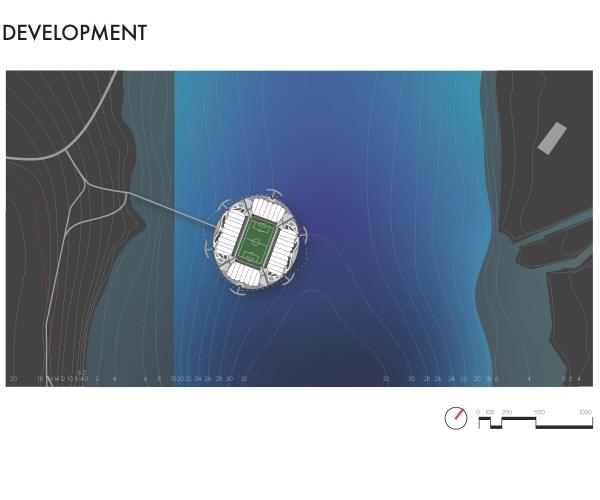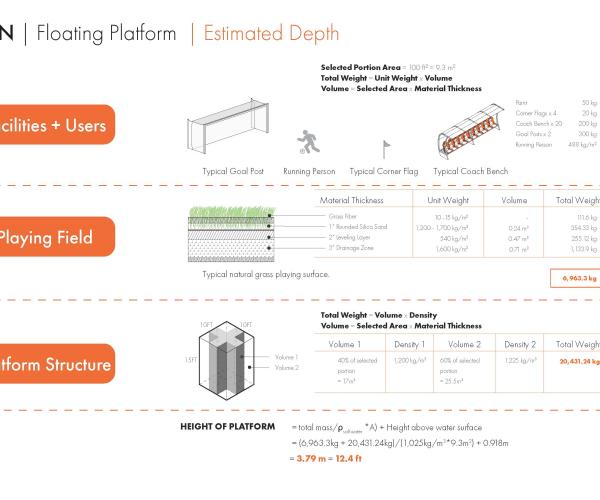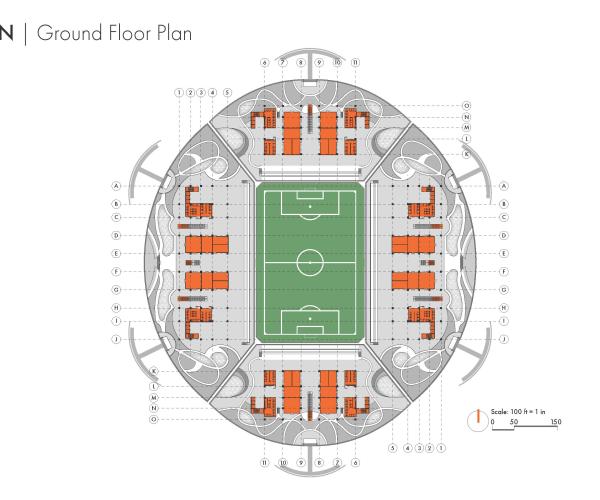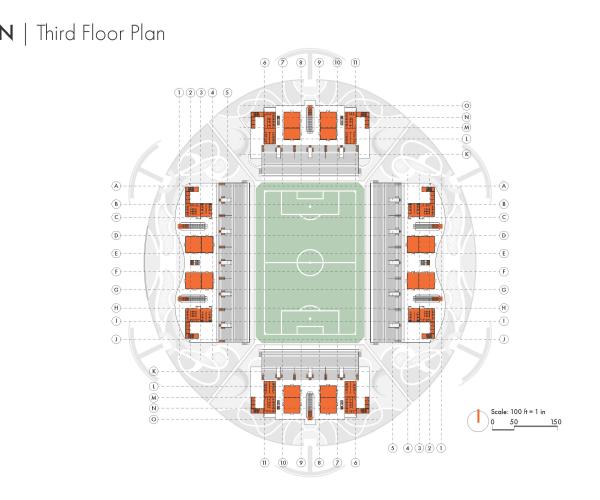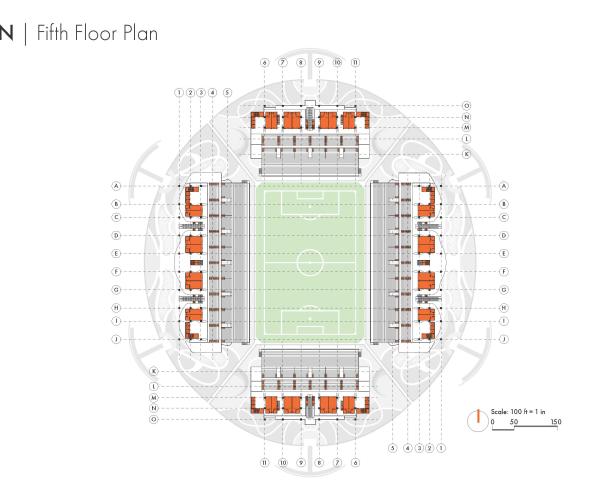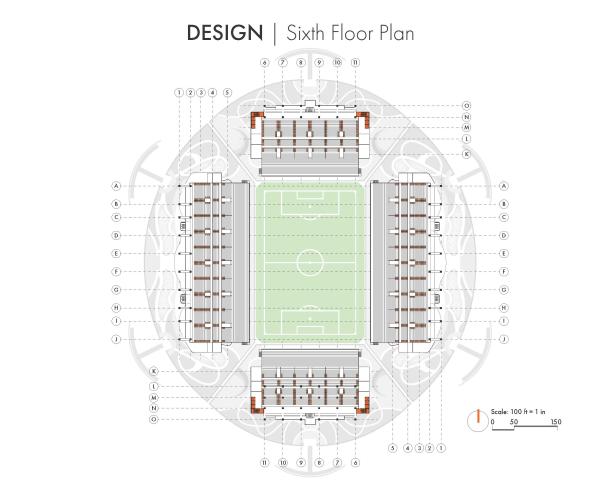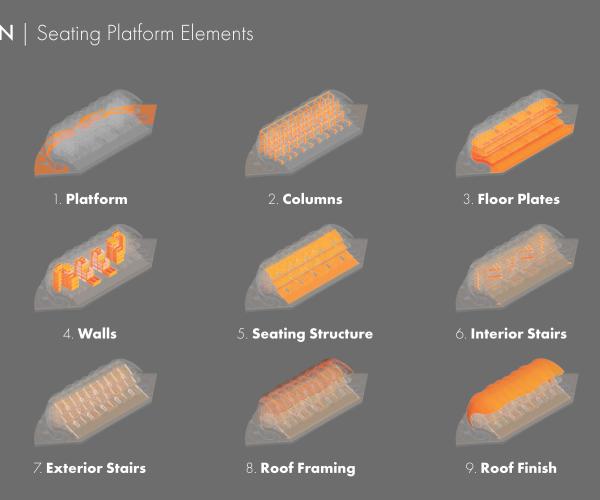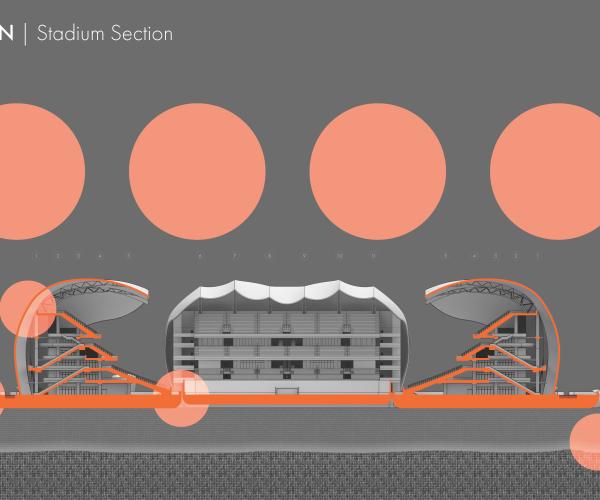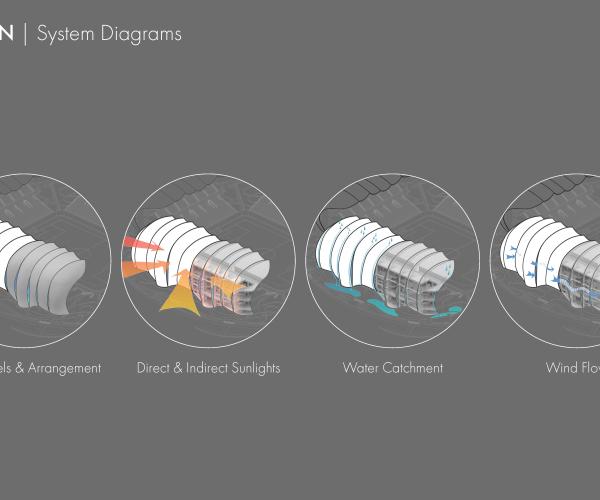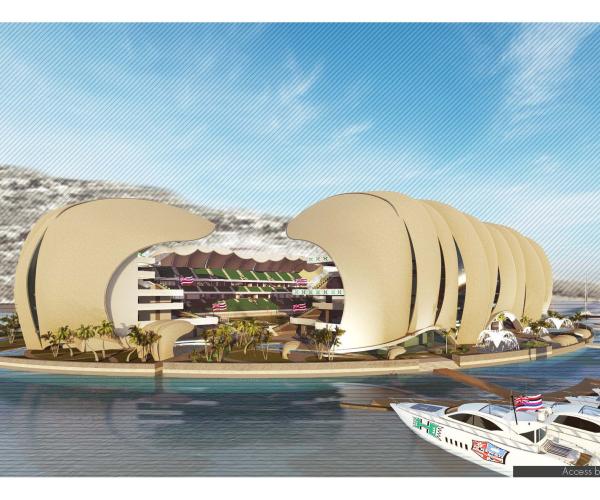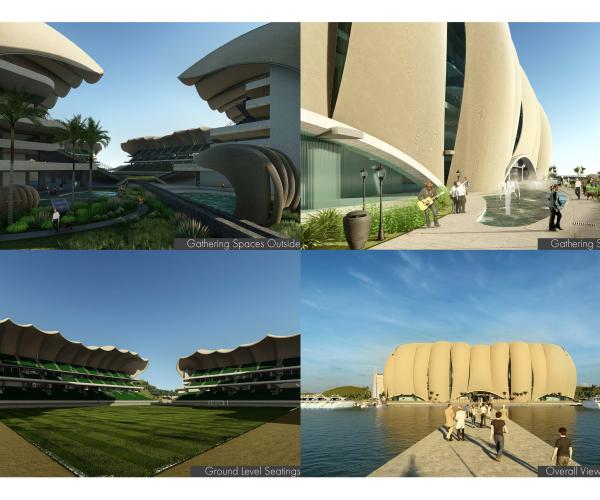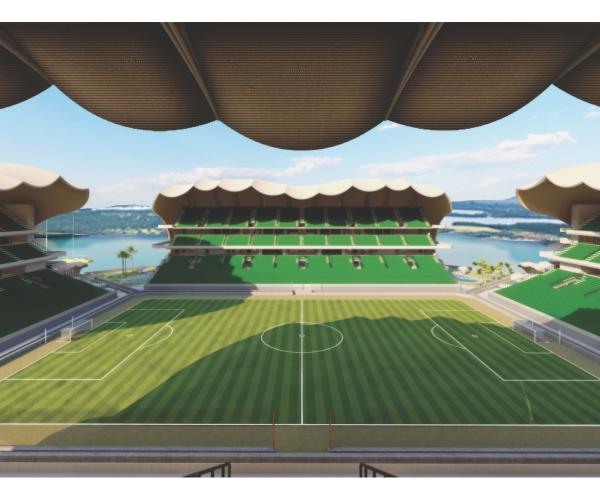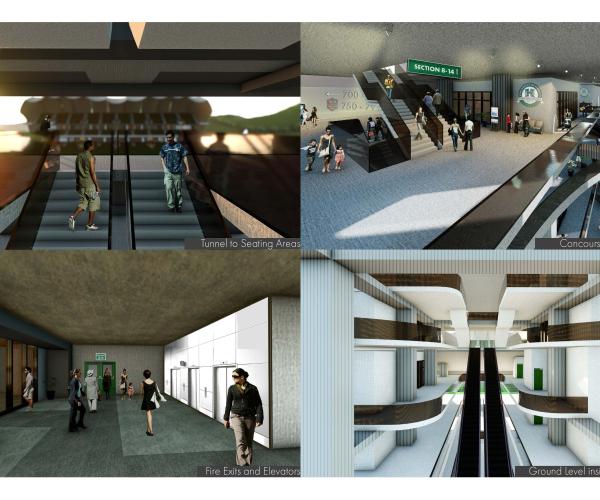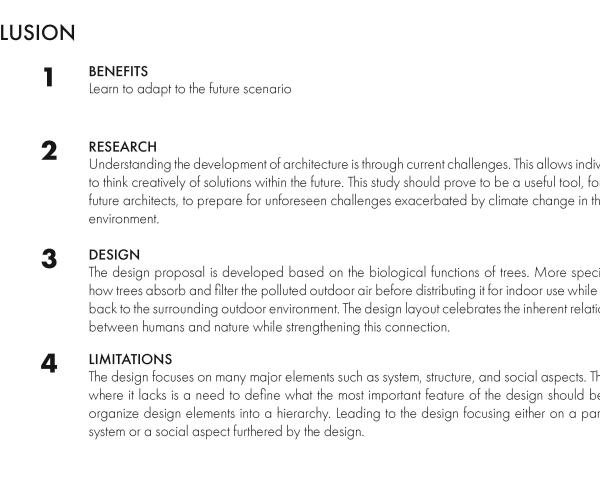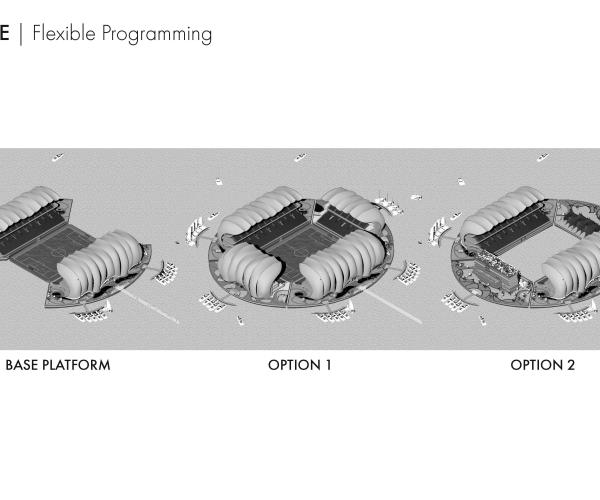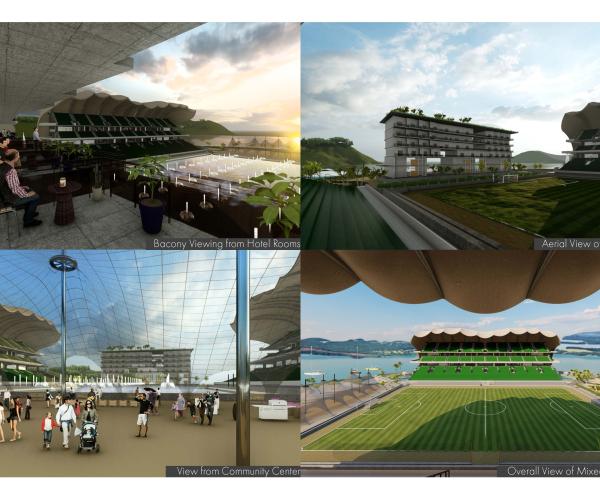FUTURE VISION OF STADIUMS - CASE STUDY: HONOLULU
DESCRIPTION
Since the beginning of 2020, the world has faced a severe health crisis caused by the COVID-19 pandemic. Places that were once packed with people are now abandoned. People have been mandated to wear facial coverings in public and practice social distancing. Sports facilities and stadiums were seen as places that united people in ways that few other public spaces could, but now all events and functions are suspended. With the steady increase in land value, these large parcels of unused property are now seen as significant financial losses. Furthermore, our inland infrastructure is at risk due to climate change, specifically sea-level rise. To combat these issues, we can look into floating structures, which have been around for centuries. These floating structures have been used for many different purposes, such as homes, airfields, oil productions, entertaining facilities, and bridges. Could the location of a stadium be moved from onshore to offshore?
This research investigates the possibility of floating structures, in terms of a new typology, for stadium design. It develops a system that identifies a step-by-step procedure to generate a schematic design for a floating stadium from site selection to design options. While these guidelines can be applied to many different places, the city of Honolulu, Hawaiʻi has been selected as a case study to test out the methodology. A proposal for a near-shore floating stadium is developed within this chosen location to showcase the idea’s potential.
The ultimate goal of this research is to expand the possibilities of what floating structures can encompass. This can pave the way, not just for large public spaces but for smaller-scale projects such as residential homes, community centers, theaters, and apartments. This research seeks to contribute to the argument regarding floating structures for other cities at risk of sea-level rise.
Our understanding of where we live
is not so philosophical but rather pragmatic
Understanding urban environment with quantifiable measures has been the source of debates
Well then becomes the one of heated discussions … now possiblly the one of main trends

